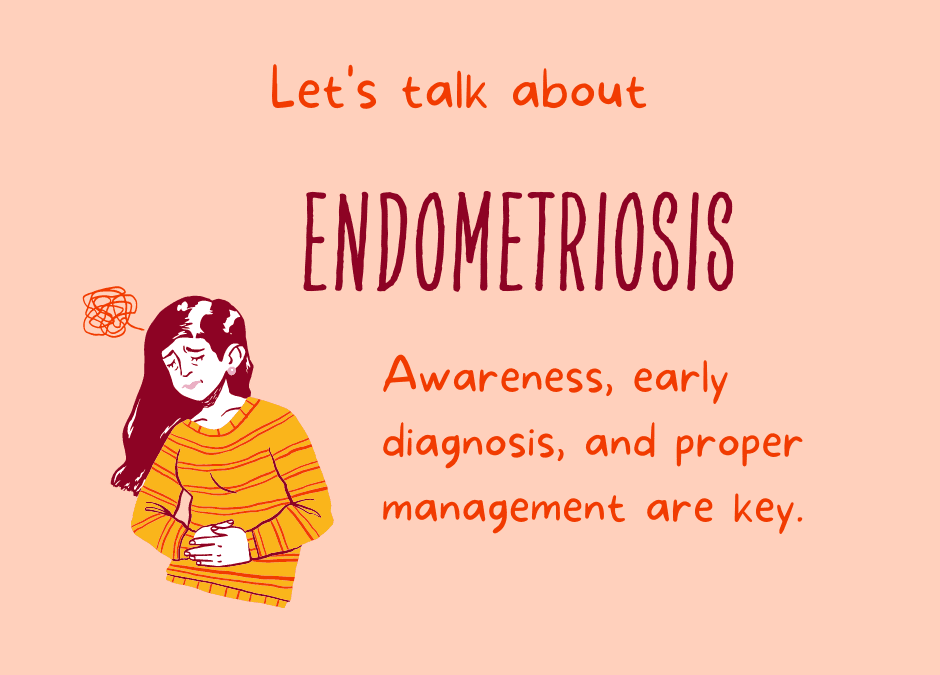What is endometriosis?
Endometriosis is a disease that occurs when cells that normally line the inside of the uterus (the endometrium) grow outside the uterus. Endometriosis most commonly involves the ovaries, fallopian tubes and the tissue lining the pelvis.
With endometriosis, the endometrial-like tissue behaves as it does inside the uterus – it thickens, breaks down and bleeds with each menstrual cycle. However, unlike cells inside the uterus, it becomes trapped as there is no way for it to leave the body. This causes irritation, scar tissue and adhesions (bands of fibrous tissue) that can cause pelvic tissues and organs to stick to each other.
How common is it?
Endometriosis affects more than 120,000 people in New Zealand, and more than 176 million individuals worldwide. So about 1 in 10 girls / women / those assigned female at birth in NZ will have endometriosis.
What are the symptoms?
The main symptom of endometriosis is pelvic pain, often worse during a menstrual period. Some may have no symptoms but most will have problems, including pain that can at times be debilitating.
Other symptoms include:
- bloating
- excessive bleeding
- constipation or diarrhoea
- painful bowel movements
- urinary frequency, urgency and pain
- brain fog
- pain with sex
- anxiety / depression
- fatigue and low energy
- low back and leg pain
How is it diagnosed?
On average it takes between 5 and 8 years for a diagnosis. Some may have no symptoms but most will have problems, including pain that can at times be severe. It can be difficult to diagnose. The only sure way to definitively diagnose endometriosis is by a surgical procedure called a laparoscopy – where the surgeon can have a look and see if it is present. If endometriosis is found, it is usually removed at the time.
What causes it?
The cause of endometriosis isn’t known, but it does often run in families.
Management of endometriosis
Experienced pelvic health physiotherapists have extra skills and training to help with management of the pain and other symptoms caused be endometriosis.
For more information on how physiotherpay can help click here.
To make an appointment to see us click here

